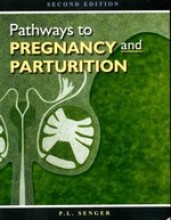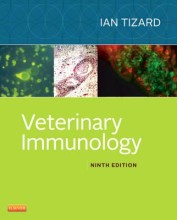Summary: Human&animal Biology Module A
- This + 400k other summaries
- A unique study and practice tool
- Never study anything twice again
- Get the grades you hope for
- 100% sure, 100% understanding
Read the summary and the most important questions on HUMAN&ANIMAL BIOLOGY MODULE A
-
1 Cell metabolism
This is a preview. There are 13 more flashcards available for chapter 1
Show more cards here -
Anaerobic conditions solution
- Cells contain lactate dehydrogenase (LDH )
-> convertspyruvate intolactate
- NADH can unload an electron with this reaction -> 2 ATP produced. -
2 Feeding in different animals
This is a preview. There are 79 more flashcards available for chapter 2
Show more cards here -
Animals eat more than they gain:
- Preybiomass exceeds predatorbiomass
- big animals eat low in food chain to minimize energy loss
-Smaller animals have a highermetabolic rate, so eat more relative to body mass -
Optimized foraging behaviour
- to challenge the energy gain and cost trade-off
- for example: a maximal energy gain for the handling time -
Formules optimized foraging behaviour
- Usefulness= Eblack/T handling, black & E
- Search time = Tsearch, black & Tsearch, white -
Mammals can be devided into 4 groups
- Insectivorous
- herbivorous
- carnivorous
- omnivorous
- Insectivorous
-
Hepatic portal vein
- Water-soluble materials are carreid to the liver via the hepatic portal vein -
Control GI tract
- The GI tract is controlled by the autonomic nervous system, enteric nervous system and GI hormones (gastrin, CCK, secretin and GIP) -
Short reflex pathway
- When a stimulus triggers a response in the GI tract without the central nervous system -
Gastric-phase control/intestinal-phase control
- a stimulus arising in thestomach or small intestine
- They work viashort or long reflexes or byhormones -
GI smooth muscle
- can be found in the muscularis mucosae and the muscularis externa (produces slow waves)
- Higher grades + faster learning
- Never study anything twice
- 100% sure, 100% understanding






























